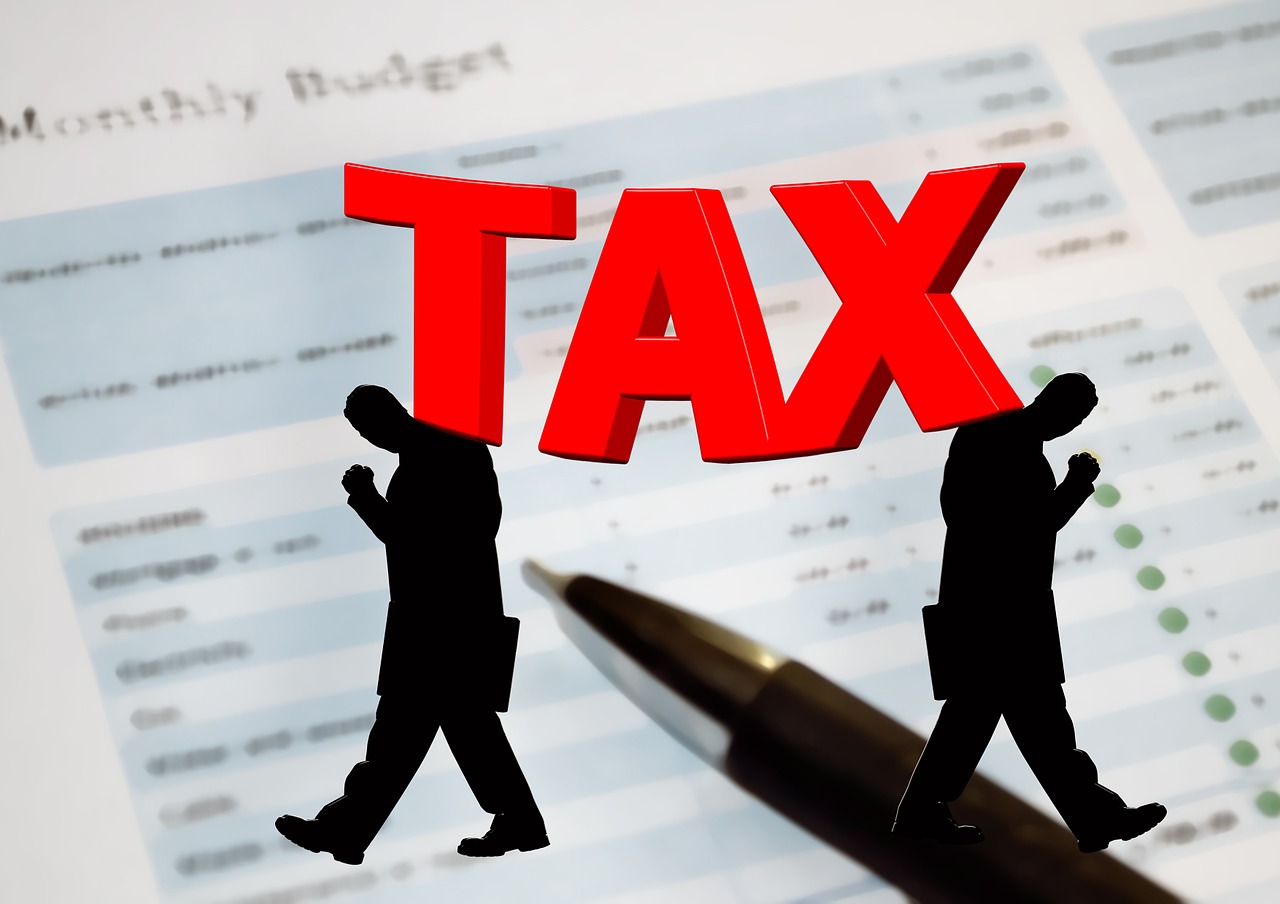
Have you been filing your income tax returns? If you have not – you might want to know that you should not be missing out on it. But, if you are not even aware of what it is – then you are lagging behind. Income Tax Returns, often known as ITRs, are forms used to declare net tax liabilities, claim tax deductions, and report gross taxable income.
Individuals who make a specific amount of money are required to file IT returns. Firms or corporations, Hindu Undivided Families (HUFs), and self-employed or salaried individuals are required to file an ITR with the Income Tax Department of India.
Table of Contents
- 1 Meaning of Filing Income Tax Returns
- 2 Why File ITR?
- 3 How to File Income Tax Returns?
- 4 Steps to Follow
- 5 1) Calculate Income and Tax
- 6 2) TDS Certificate
- 7 3) Select the Form
- 8 4) Download the Form
- 9 5) Fill out the Form
- 10 6) Validate the Data
- 11 7) Convert the File
- 12 8) Upload the File
- 13 Documents that You Need to Carry
- 14 1) Form 16
- 15 2) Salary Slips
- 16 3) Interest Certificate
- 17 4) Form 26AS
- 18 5) From 16A/B/C
- 19 6) Investment Tax Saving Proof
- 20 7) Deduction Under 80U and 80D
- 21 8) Home Loan Statement
- 22 9) Aadhaar Card
- 23 10) Capital Gains
Meaning of Filing Income Tax Returns
ITR filing is the process through which a taxpayer must record his total income earned during the fiscal year. Individuals can file their taxes through the Income Tax Department’s official portal. It has been notified in seven different forms: ITR – 1/2/3/4/5/6 and ITR 7.
Why File ITR?
In India, filing income tax returns is required if you meet any of the following criteria:
- Individuals who fall inside the tax brackets.
- If it is a Company or Firm, regardless of profit or loss in a fiscal year.
- If you need to claim a tax refund.
- If a loss under one of the income categories must be carried forward.
- A resident of India has signing authority in a foreign account.
- If you receive income from a charitable or religious trust, a political party, a research association, a news agency, an educational or medical institution, a trade union, a not-for-profit university or educational institution, a hospital, an infrastructure debt fund, or any authority, body, or trust.
- If you’re looking for a loan or a visa.
- If an NRI receives any or all of his or her income from sources in India, the income is taxable in India, and income tax returns are required.
- As an Indian resident, you have an asset or financial interest in any entity located outside of India.
How to File Income Tax Returns?
A taxpayer could wish to file the income tax return in order to declare his income for the fiscal year – carry forward losses, claim tax deductions, claim an income tax refund, and much more.
The Income Tax Department offers the option of filing an income tax return electronically (e-filing or through the income tax portal login). Before delving into the stages that are required in e-filing an income tax return – a taxpayer needs to preserve the documents used for calculating and reporting data in ITR.
Steps to Follow
1) Calculate Income and Tax
The taxpayer must compute his or her income in accordance with the income tax laws that apply to him or her. The computation should account for all sources of income, including salary, freelancing, and interest income. Tax-saving investments, for example, can be claimed by the taxpayer under section 80C.
A taxpayer should also consider credit for TDS, TCS, or any advance tax paid.
2) TDS Certificate
The taxpayer should total his TDS amount from the TDS certificates he received for all four quarters of the fiscal year. Form 26AS provides a summary of TDS and tax paid during the fiscal year to the taxpayer.
3) Select the Form
The taxpayer must determine the appropriate income tax form/ITR Form for filing his income tax return. The taxpayer could proceed with the filing of the income tax return after determining the income tax form.
There are two filing options: online and offline. The online method is only available through the taxpayer’s login for ITR – 1 and ITR – 4; it is not available for forms for other categories of individual taxpayers. For all types of income tax forms, the offline mode (creating XML and uploading) is available.
4) Download the Form
Go to www.incometax.gov.in and select ‘Downloads’ from the top menu bar. Select the assessment year and save the offline utility software, i.e., Depending on your preferences, you can use Microsoft Excel, Java, or a JSON utility.
5) Fill out the Form
After downloading the offline utility, enter your income information and check the tax payable or refund receivable based on the utility’s estimates. The downloaded form can be used to fill out the information on an income tax challan.
6) Validate the Data
A few buttons can be found on the right of the downloaded form. To check that all of the needed information is entered, click the ‘Validate’ button.
7) Convert the File
After validating the file, click the – ‘Generate XML’ option on the right-hand side of the file to convert it to XML file format.
8) Upload the File
Log in to the income tax e-filing website and select the ‘Income Tax Return’ option under the ‘e-File’ menu. Provide the required information, such as PAN, assessment year, ITR form number, and submission mode. Remember to select ‘Upload XML’ from the drop-down menu next to the field name ‘Submission Mode’.
Attach the XML file from your computer and then click the ‘Submit’ button. Select one of the verification methods available: Aadhaar OTP, electronic verification code (EVC), or delivering a manually signed copy of ITR-V to CPC.
Documents that You Need to Carry
1) Form 16
Form 16 is divided into two parts: Part-A and Part B. Part-A contains all of the information about the taxes deducted by your employer during the year. Apart from the specifics of the tax deducted from your income, it also includes your Permanent Account Number (PAN), PAN and TAN of your employer, and your gross salary break-up details such as exempt allowances, perquisites, and so on.
2) Salary Slips
Aside from perquisites and profit in lieu of salary, salaried taxpayers must also give information on taxable allowances such as housing rent allowance, transportation allowance, and so on.
These details can be seen on your pay stubs. You can add each allowance obtained during the year to the salary slips and then compute the taxability share of it. If you received HRA and paid rent in the previous fiscal year, the taxable component of that will be computed depending on specific conditions.
3) Interest Certificate
The interest on savings bank accounts, post office savings accounts, FDs, and recurring deposits are taxed. As a result, in the absence of TDS, one must get interest certificates from the bank/s and/or post office branch to determine the entire interest earned.
4) Form 26AS
Your consolidated annual tax statement is Form 26AS. This is similar to your tax passbook, which contains information on all taxes deposited against your PAN.
5) From 16A/B/C
If the TDS deducted on payments other than salary, such as interest on fixed deposits, recurring deposits, and so on, exceeds the prescribed limits under current tax laws, your bank (in this case) will provide you Form-16A detailing the amount of TDS deducted.
6) Investment Tax Saving Proof
All of your tax-saving investments and expenditures made under sections 80C, 80CCC, and 80CCD(1) can help you reduce your tax due. The maximum tax benefit available under these three provisions in a fiscal year is Rs 1.5 lakh.
7) Deduction Under 80U and 80D
Aside from tax-saving investments and expenditures under section 80C, there are specific expenses that can be deducted under other parts of the Income-tax Act. For example, health insurance premiums paid in FY 2017-18 are deductible under section 80D of the Act up to Rs 25,000 per year.
8) Home Loan Statement
If you have a house loan from a bank or another financial organization, remember to keep the loan statement. It will give you a breakdown of how much principal and interest you have repaid.
9) Aadhaar Card
It is necessary to provide Aadhaar details in order to file your ITR correctly. Individuals are required to disclose their Aadhaar details when filing their income tax return, according to Section 139AA of the Income-tax Act.
10) Capital Gains
If you made capital gains from the sale of property or mutual funds, you must record these gains on your ITR.
These are some of the documents that you can’t forget when you choose to file your income tax returns. Make sure you take them along!


